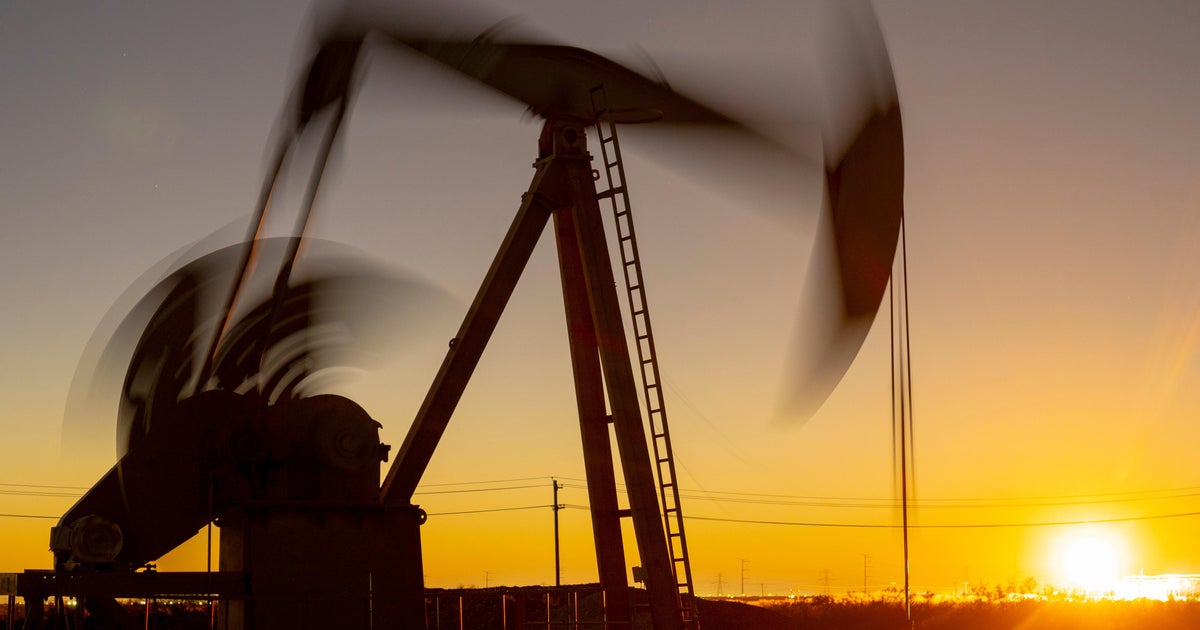NASA program "OMG" trying to find out how fast Greenland's ice is melting
Greenland's ice sheet is melting six times faster than in the 1980s. This month, it lost 11 billion tons of surface ice in one day, enough to fill more than four million Olympic-sized swimming pools.
Summer came sooner there and is expected to last longer. Greenlanders said they've seen more extreme weather and fishermen are catching warmer-water fish. They're living with climate change and scientists have come from around the world to study why.
Josh Willis of NASA's Jet Propulsion Laboratory is in the fourth year of a five-year research project he designed. His team is dropping probes into the ocean to understand how the waters around Greenland are warming and contributing to the melting of glaciers.
On Saturday, Willis' team dropped probes telling them the saltiness and the temperature of the water during a nearly seven-hour flight covering more than 800 miles.
"We usually think of Greenland's ice as a sort of ice cube with a hairdryer on it, but in fact that ice cube is sitting in a pot of water too," Willis told Seth Doane for "CBS This Morning." "And the water is warming up as well and the two things together can combine to create sea level rise that happens much more rapidly than what we originally anticipated."
Willis named his program "Oceans Melting Greenland." Its acronym, "O-M-G," was no mistake. He said humankind should be surprised and pay attention.
"There's enough ice in Greenland to raise sea levels by 25 feet worldwide," Willis said. "Now, we don't think it'll happen right away, but just how fast it does is something we're trying to figure out with OMG."
Greenland may feel like a remote place, but what happens there will make a difference to anyone living in a coastal area around the world.
"We all live with one ocean," Willis said. "So a billion tons of ice lost here in Greenland means higher sea levels in Florida, California, New York, even as far as Australia."
So far, OMG's missions have shown how sensitive glaciers are to the ocean. And they've also produced a better map of the sea floor, allowing them to gauge which glaciers are threatened. The answer: more than they thought.



